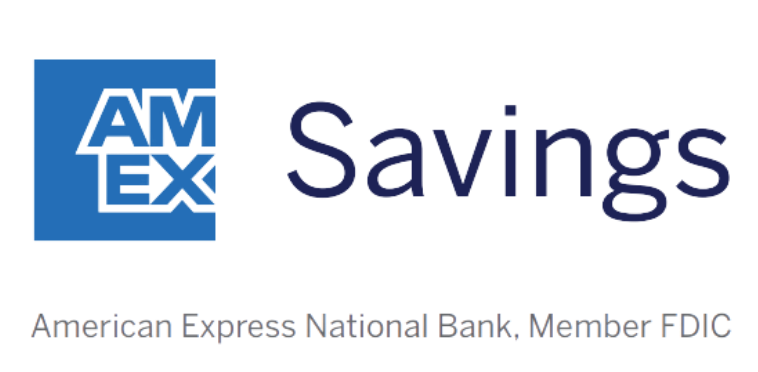If you’ve managed to put $25,000 in a savings account, congratulations! The typical American has $8,000 in their savings account, which means you’re doing better than most. But it also raises a couple of important questions — like where should you keep that money, and how can you make it work for your life and financial goals?
A high-yield savings account (HSYA) is an excellent place to stash your funds while you make decisions, but it might not be the best long-term choice. Let’s talk about why you might (and might not) want to keep that $25,000 in your HYSA.
When it might be a good idea to keep $25,000 in your high-yield savings account
High-yield savings accounts (HYSAs) are generally offered by online-only banks, and they feature higher interest rates than traditional banks. It typically takes a few days longer to move money from an HYSA, but it’s still liquid. Your cash has FDIC insurance coverage, so there’s no risk even if the bank fails.
Keeping your $25,000 nest egg in an HYSA lets you take advantage of compound interest so it grows over time. For example, if you put that $25,000 in an HYSA with an APY (average percentage yield) of 4.5%, you’d have $26,148.50 after one year. After five years, you’d have $31,294.90.
Our Picks for the Best High-Yield Savings Accounts of 2024
|
Capital One 360 Performance Savings 
APY 4.25%
|
APY 4.25%
|
Min. to earn $0 |
|
CIT Platinum Savings 
APY 4.85% APY for balances of $5,000 or more
Min. to earn $100 to open account, $5,000 for max APY
|
APY 4.85% APY for balances of $5,000 or more
|
Min. to earn $100 to open account, $5,000 for max APY |
|
American Express® High Yield Savings 
APY 4.25%
|
APY 4.25%
|
Min. to earn $0 |
Keeping money in an HYSA means it’s accessible. If you’re considering making a large purchase or if this is your emergency fund, keeping the money in an HYSA ensures it remains accessible and safe from market fluctuations.
You might be able to earn more in another account
HYSA interest rates are currently high, but that’s likely to change as the Fed has indicated that it may drop interest rates soon. That means other options might yield a higher rate of return.
A certificate of deposit (CD) might be a better option if HYSA interest rates fall. CDs provide a guaranteed interest rate over a specific period, generally a few months to a few years. There is one caveat, however: You’ll pay a penalty, generally a few months’ interest, if you pull the money out before the end of the term.
So, if you buy a 12-month CD and need to pull your money out at 10 months, you won’t earn the entire interest rate and you’ll pay a penalty. That means CDs aren’t the right choice for your emergency fund or cash you’ll need soon.
You could invest the money in the market, but you’d be at the mercy of market fluctuations. If you put that $25,000 in the stock market and earn an average return of 10%, you’ll have $27,617.83 after one year and $41,132.72 after five years. No HYSA offers that level of return, but it does come with risks.
Consider a balanced approach and split it between accounts
Another option is to split your balance between multiple accounts. For example, you might keep $15,000 in your HYSA and put the remaining $10,000 in a CD. This would keep part of your fund liquid and allow you to earn higher interest rates from the CD.
Or you could keep $10,000 in your HYSA, then create a CD ladder by buying three $5,000 CDs and varying their maturity dates. So, one 3-month CD, one 6-month CD, and one 12-month CD. This approach allows you to keep much of your savings liquid, and know you’ll have a CD maturing soon if you need additional funds.
You could also keep $20,000 in your HYSA and put $5,000 in a brokerage account, where it may earn a higher return. It all depends on what your goals are and when you might need access to the funds.
Final answer: It depends on what the money is for
Let’s return to the original question: Is $25,000 too much to keep in your HYSA? No, if that $25,000 is for a large purchase, like a down payment on a car or home, or if it is your emergency fund, keeping $25,000 in your savings account is a good idea to protect it from market fluctuations.
However, if you want to maximize your earnings, consider a balanced approach: Keep some in your savings account and put the rest in a CD or investment account.
